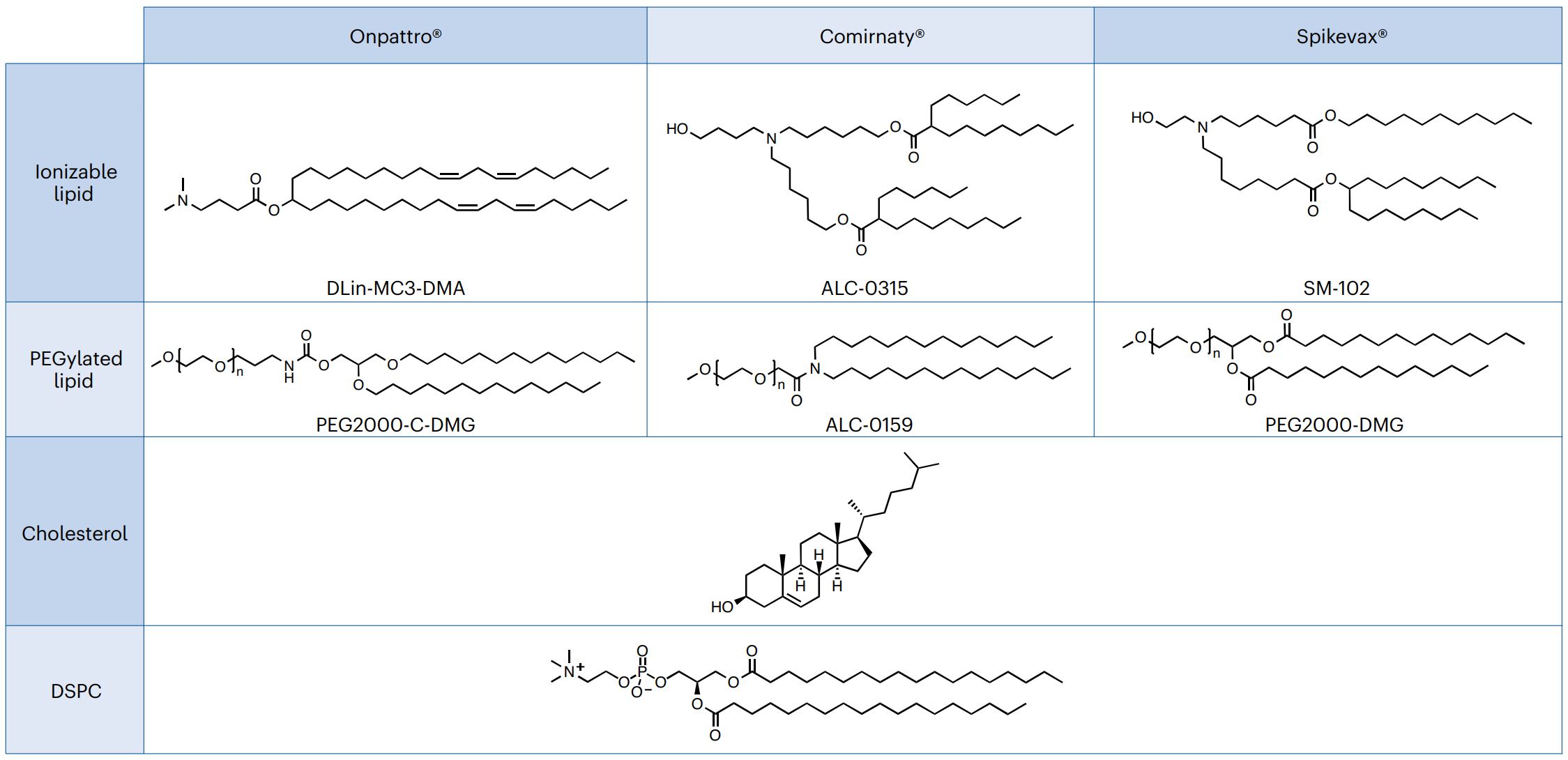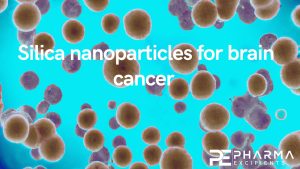Active ingredient vs excipient debate for nanomedicines

Nanomedicines are complex drugs where components that have typically been regarded as excipients may now be considered part of the active ingredient. The distinction between the active ingredient and excipients for nanomedicines has important consequences for regulatory review and product development. The dissimilarity in the review of the recent ribonucleic acid (RNA)-based lipid nanoparticles highlights the need for further regulatory alignment on this topic.
The nanomedicine field is witnessing a steady increase in the transition of formulations from proof-of-concept into clinical trials1,2. The proven capabilities of nano-formulated drugs include enhanced pharmacokinetics (for example, longer half-life) and decreased toxicity profiles when compared to their traditional counterparts. Recent drug approvals have now extended this success to the formulation of novel compounds, such as the mRNA lipid nanoparticles (LNPs) in the COVID-19 vaccines3. As the developers for these drugs enter the preclinical stage, their attention turns to mapping out the most appropriate regulatory strategy for their product. To aid with this journey, both the US Food and Drug Administration (FDA) and the European Medicines Agency (EMA) have produced helpful guidelines. These documents, some specifically related to nanomedicines, provide the drug developer with a framework for selecting the appropriate regulatory path towards clinical trials and eventual product approval. The relevant pathway will then determine the type and amount of data that will be required for regulatory review. For example, a novel drug will likely require full Phase I to Phase III clinical trials, whereas a nano-formulation of an existing drug may qualify for an abridged/abbreviated review or as a generic formulation4,5.
Exploring these pathways a little deeper, the nanomedicine drug developer is soon confronted with an ongoing debate in Regulatory Science. Namely, the ambiguities surrounding the definitions of the active ingredient and excipients for nanomedicines. We proffer here that this debate is far more than a nuanced discussion on regulatory terminology, but rather has significant impacts on product development and regulatory dossier preparation and review.
Download the full article as PDF here Active ingredient vs excipient debate for nanomedicines
See the full comment on Active ingredient vs excipient debate for nanomedicines: https://www.nature.com/articles/s41565-023-01371-w
Hemmrich, E., McNeil, S. Active ingredient vs excipient debate for nanomedicines. Nat. Nanotechnol. 18, 692–695 (2023). https://doi.org/10.1038/s41565-023-01371-w
Read more articles about “Nanotechnology” here:


